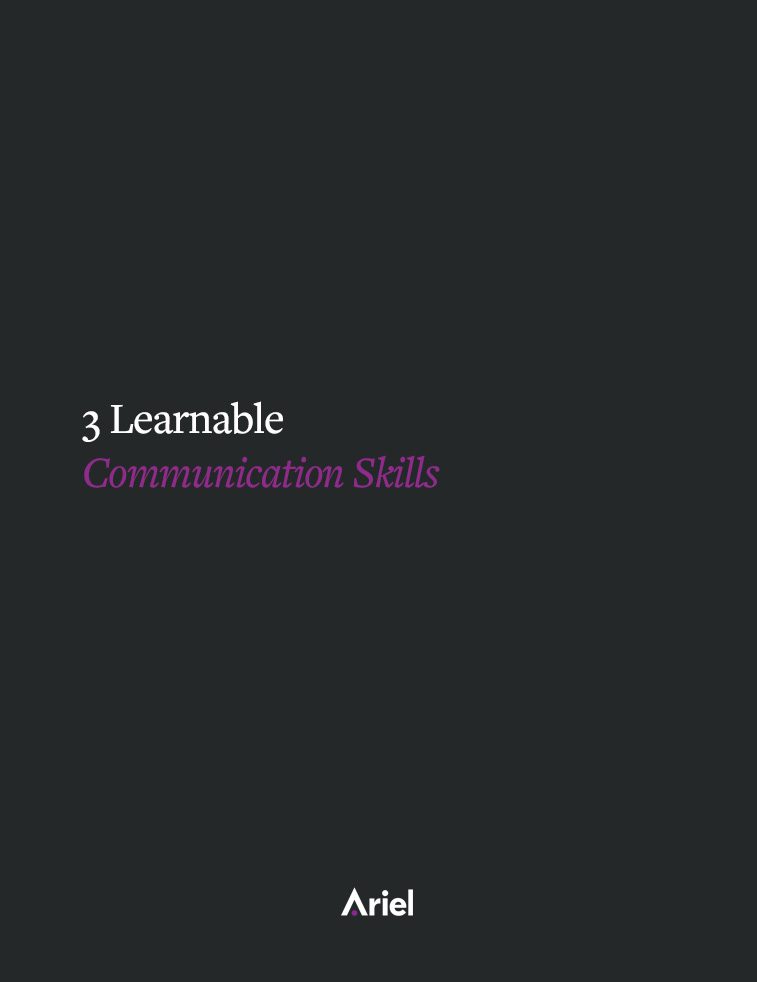3 Mistakes You Probably Make When Giving Feedback on Writing

Did you know that every post on this blog faces at least two rounds of edits? Our bloggers are professional writing trainers—and they know more than most that every document can benefit from outside help.
But there’s an art to giving feedback, and doing it badly can change the course of a project. Avoiding these three common mistakes will hone your ability to polish others’ work.
1. Focusing only on the negative
Offering positive comments on your team’s writing may seem less important than marking edits they need to make. Don’t believe that. People who hear praise as well as criticism are far more empowered to change and improve.
Remember, we often give feedback through notes on a document. Written down, without the softening effect of face-to-face politeness, even a constructive comment can sound abrupt. So regular praise is vital for keeping morale high.
If you tend to judge more than encourage, try this exercise: mark your positive feedback with pluses and your criticism with minuses (not to be shown to the writer!). Then go through the document and tally how many of each symbol you’ve put down. If negatives overwhelm positives, use your empathy and common sense to balance the ratio as appropriate.
2. Criticizing the writer rather than the writing
Good writing always shows that its authors have taken care to think deeply about their subject and their audience. But less successful writing doesn’t always imply the reverse. Behind a poor draft could be a writer whose ideas are solid, but under-explained; who needs to have another conversation with the committee; or who simply ran out of time.
Assume that the team members whose work you review have done the best they felt they could. Instead of scolding them for “inadequate effort” this time around, point out how to make the next draft better.
One trick that can steer editors away from getting personal: cut back on the word “you.” Imagine that the person reading the comments is a third party to whom “you” does not apply. Instead of “Are you sure you meant…?” try “I’m not sure that…”
3. Under-explaining—or over-explaining—your feedback
Did you ever have an English teacher who seemed to be conserving her red pen’s ink? It’s frustrating to get a paper back and see a single word in the margin—a scribbled “awkward” or “unclear,” or even the dreaded question mark.
Too-brief feedback doesn’t help anyone improve a document, and certainly doesn’t help morale: it makes whoever gave the comments look uninvested in writers’ success. So, on two counts, a suggestion like “Please cut by 30%” is far more constructive than “too long.” It’s precise enough that you won’t need to clarify later, and it shows respect for the writers’ effort.
As for writing “This is unclear,” that’s unclear! Instead, explain exactly what about the wording makes the point hard to grasp. If you’re pressed for time or space, it’s fine to use sentence fragments: “Not sure which division is ‘they.’”
Your comments and questions do, however, need to be limited to the scope of the document. Long explanations of grammar rules won’t fit and could appear condescending. Point people who repeat mistakes to existing resources—your company’s style guide, or a reference book like Better Communications’ Instant-Answer Guide to Business Writing. All the rules are right there.
For most of us, it will always sting to hear our writing critiqued. It can feel personal, like getting feedback on our speaking voice or our style. When leaders who review their teams’ writing stay pleasant, professional, and specific, everyone’s more receptive—and the work is better for it.
